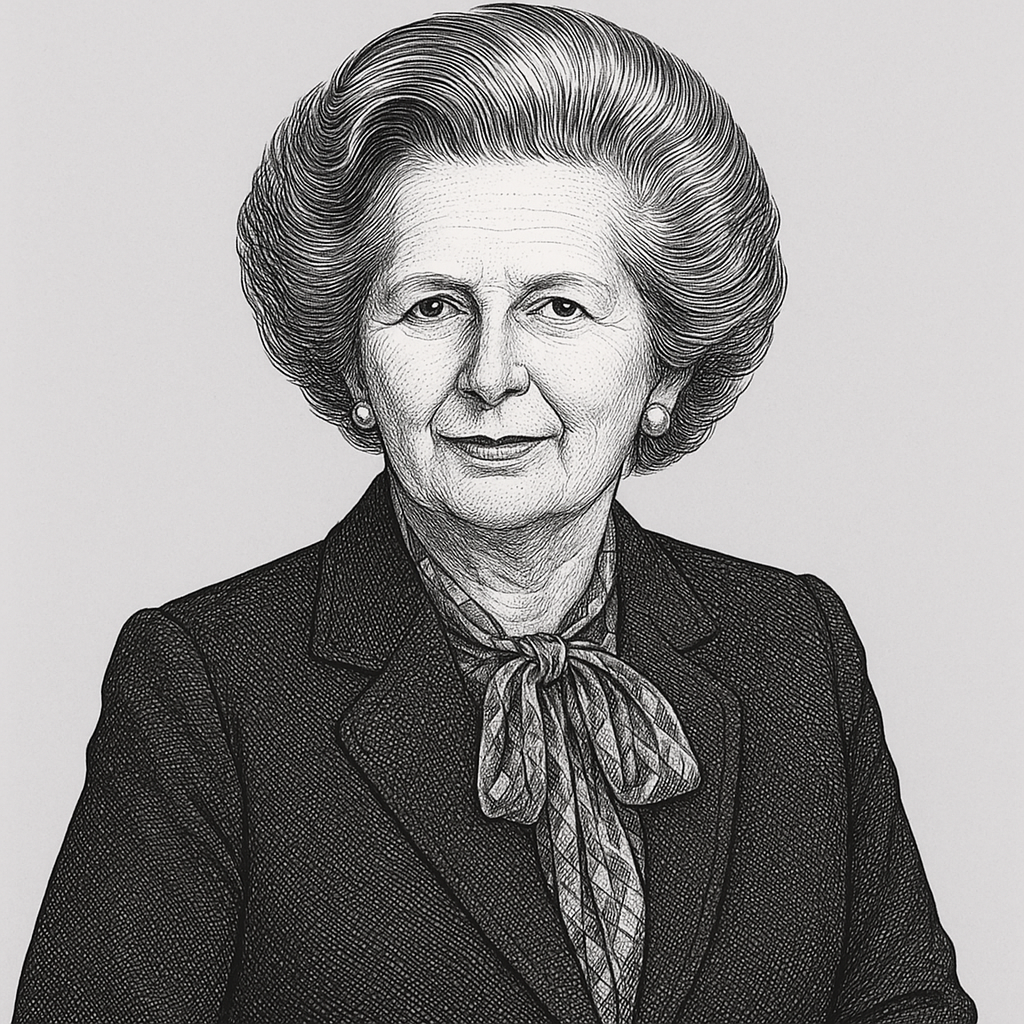Barclays Bank PLC
Barclays began its story in 1690, when two Quaker goldsmiths, John Freame and Thomas Gould, set up shop in Lombard Street, the heart of London's financial district. Their business was grounded in the Quaker principles of honesty, simplicity, and trust—qualities that helped them build a solid reputation among merchants and traders in the growing city. In 1736, James Barclay, who had married Freame's daughter, joined the partnership. His name would become central to the firm's identity, eventually giving rise to one of the most recognized names in global banking.
For more than two centuries, the bank expanded steadily, becoming known as Barclays Bank Limited by the early 20th century. In 1896, it absorbed a network of other Quaker-run banks, significantly increasing its reach. It wasn't until 1982, however, that the institution formally became Barclays Bank PLC, adopting the public limited company structure that aligned with the modern corporate world.
